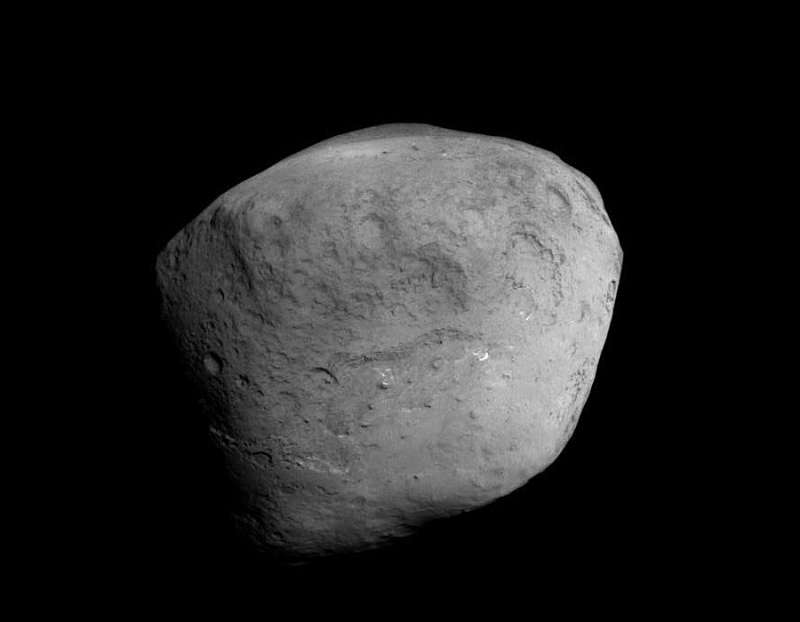
|
Explanation: No comet has ever been visited twice before. Therefore, the unprecedented pass of the Stardust-NeXT spacecraft near Comet Tempel 1 earlier this week gave humanity a unique opportunity to see how the nucleus of a comet changes over time. Changes in the nucleus of Comet Tempel 1 were of particular interest because the comet was hit with an impactor from the passing Deep Impact spacecraft in 2005. Pictured above is one digitally sharpened image of Comet Tempel 1 near the closest approach of Stardust-NeXT. Visible are many features imaged in 2005, including craters, ridges, and seemingly smoother areas. Few firm conclusions are yet available, but over the next few years astronomers who specialize in comets and the understanding the early Solar System will be pouring over these images looking for new clues as to how Comet Tempel 1 is composed, how the 2005 impact site now appears, and how general features of the comet have evolved.
|
January February March April May June July August September October November December |
| ||||||||||||||||||||||||||||||||||||||||||||||||
NASA Web Site Statements, Warnings, and Disclaimers
NASA Official: Jay Norris. Specific rights apply.
A service of: LHEA at NASA / GSFC
& Michigan Tech. U.
Based on Astronomy Picture
Of the Day
Publications with keywords: comet - comet nucleus - spacecraft
Publications with words: comet - comet nucleus - spacecraft
See also:
- APOD: 2025 September 30 Á Comet Lemmon Brightens
- APOD: 2025 September 29 Á Two Camera Comets in One Sky
- APOD: 2025 September 26 Á A SWAN an ATLAS and Mars
- APOD: 2025 September 18 Á Comet C/2025 R2 SWAN
- APOD: 2025 September 16 Á New Comet SWAN25B over Mexico
- APOD: 2025 July 7 Á Interstellar Comet 3I ATLAS
- Comet C/2025 F2 SWAN
